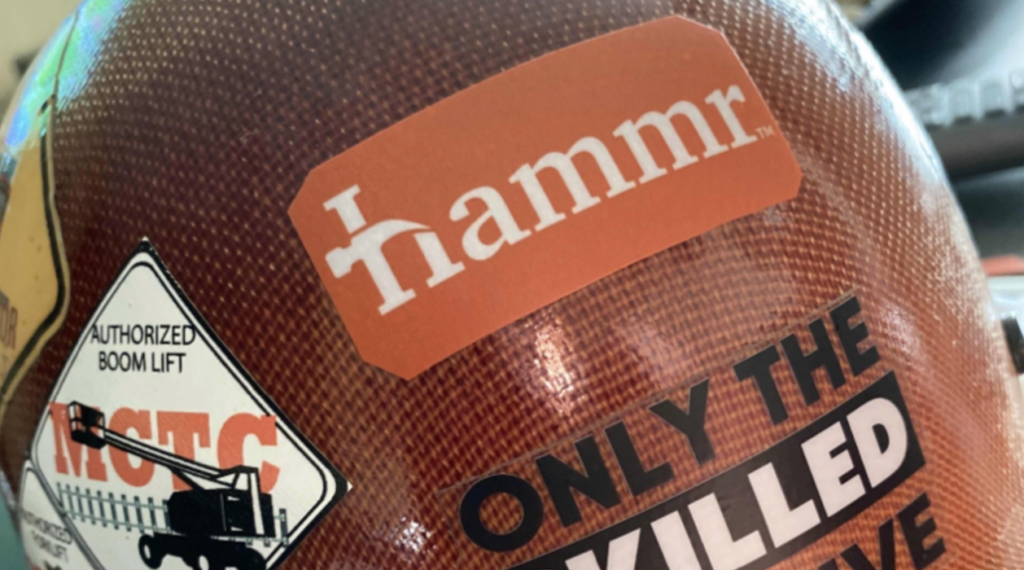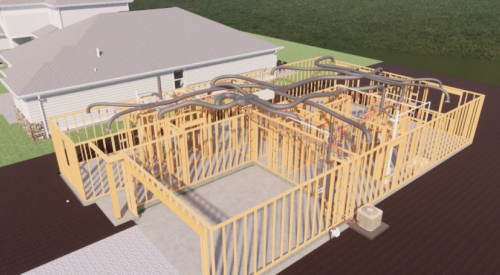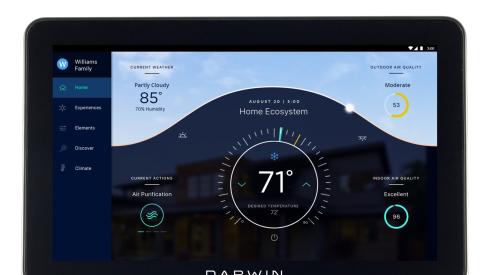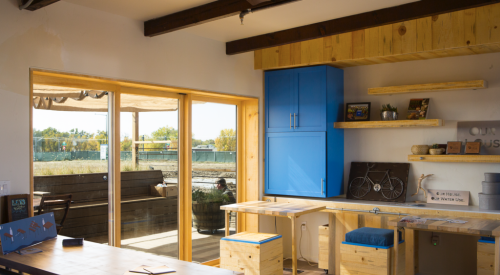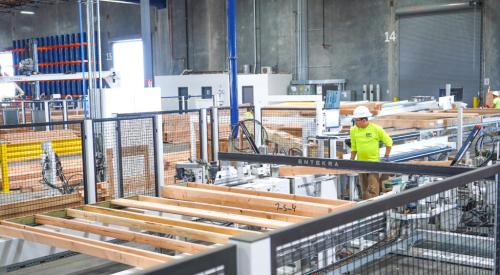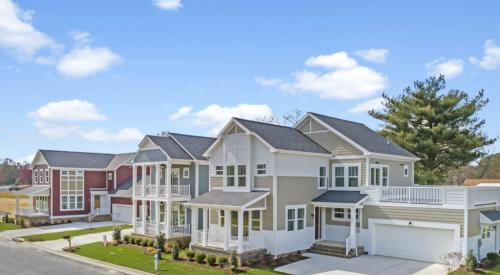Brek Goin grew up on construction sites. His father ran a drywall business in Spokane, Wash., and Goin helped out from an early age. At five, Goin carried a broom; later, he worked summer jobs alongside his dad. In 2016, he graduated from Washington State University with a finance degree but realized he didn’t want to go the corporate route. Goin went back to his father’s job sites and looked at them with fresh eyes.
“I saw the problems that haunted the industry, like finding the right workers and retaining them,” the 28-year-old says.
While gaining an appreciation for the construction industry’s dire labor shortage, Goin also realized it suffered from a different but related problem: a poor image.

“I knew there was this terrible perception of the construction industry,” says Goin, who’s based in San Francisco. “Most people perceive it as dirty and grimy.”
To help change that view, Goin, in 2016, launched Builders of Insta, an Instagram account showcasing the beautiful, impressive results of construction labor. Builders of Insta attracted a loyal following and today boasts about 220,000 followers.
RELATED: Wells Fargo Incubator Helps Housing Innovators Survive the Startup Stage
USING SOCIAL MEDIA FOR WORKFORCE DEVELOPMENT
It also led to another development: Builders of Insta followers across the country started asking Goin for people looking to hire. So Goin began connecting builders and subcontractors with workers.
—Brek Goin, CEO and founder, Hammr
The entrepreneur spotted an opportunity: workforce development. In 2019, Goin started building Hammr—a LinkedIn of sorts for the construction trades. Users build their profiles, create their digital resumes, and post images and videos that demonstrate the work they do and the skills they have. In short, they become part of a professional online community.
That sense of community, according to Goin, is especially important for tradespeople who often find themselves disconnected from other people in their industry.
“With Hammr, they get advice, learn from each other, and feel they finally have support, rather than feeling like they’re the only guy in town who does carpentry work,” Goin says.

The beta version of Hammr launched earlier this year with a core test group of about 500 users that included industry influencers. Hammr came out of beta a couple of months ago and now has about 2,000 users. Its Instagram page has over 49,000 followers.
Once the online community of workers has been well established, Hammr then will bring in the companies looking to hire them. Those companies will be able to find the people they need by searching their experiences, skills, and pay rates—quite a change for an industry whose workers often walk up to sites looking for jobs.
“We’ll connect the right companies with the right workers,” Goin says. While free for workers, Hammr eventually will bring in revenue by charging the companies that use it to post jobs and recruit.
Goin learned from Builders of Insta that he needed to build a social network before making it a marketplace and monetizing it. “We saw the importance of building community first to enable construction workers to connect with each other,” he says.
Hammr Creates a Professional Community
Earlier this year, Scott King was ready to give up on carpentry. After a decade in the profession, King felt like he lost his passion for the work and was just going through the motions. Then he heard about Hammr, and several months ago he started using it (hammr.com/scott). In July, King posted a message on Hammr’s Instagram feed that read, in part, “Hammr has done an amazing job of making me feel like I’m part of something.”
King now describes the positive impact that Hammr has had on him. “It was great to find a community and have camaraderie,” says King, foreman and social media marketer, DH Construction & Associates, Yakima, Wash.

King, who gets on the Hammr app almost every day, recounts inspiring posts ranging from industry vets offering useful tips to a young worker simply sharing the way he cleaned up a job site. “He was stoked just to be around guys doing what he loves to do,” King recalls.
“Honestly, this trade is dying,” King continues. “Working with your hands is going out of style, and not a lot of young guys want to do it. So it’s cool to see people excited about the trades and to see it as a viable career I can be proud of.”
That’s exactly the enthusiasm that Goin hopes Hammr will continue to generate.
“Our goal is to elevate workers so they feel like rock stars in the industry,” he says. That’s not just about stroking their egos. Even the most stunning home design will remain no more than an idea without people using their hands to turn it into reality. “We have to recognize this workforce and boost its morale so that the industry attracts the next generation,” Goin says.


